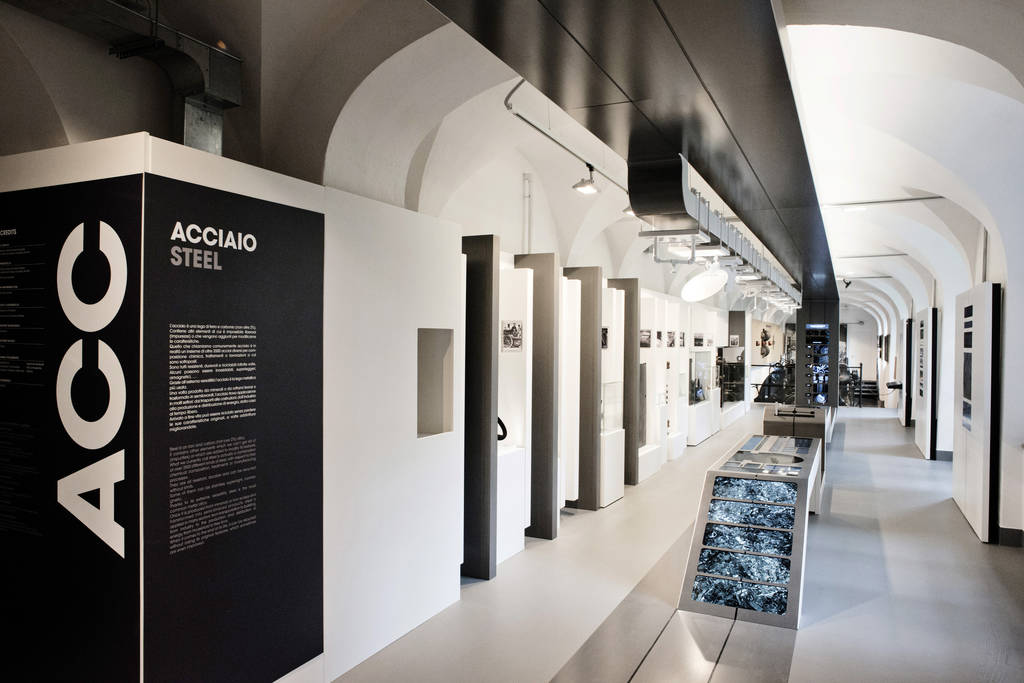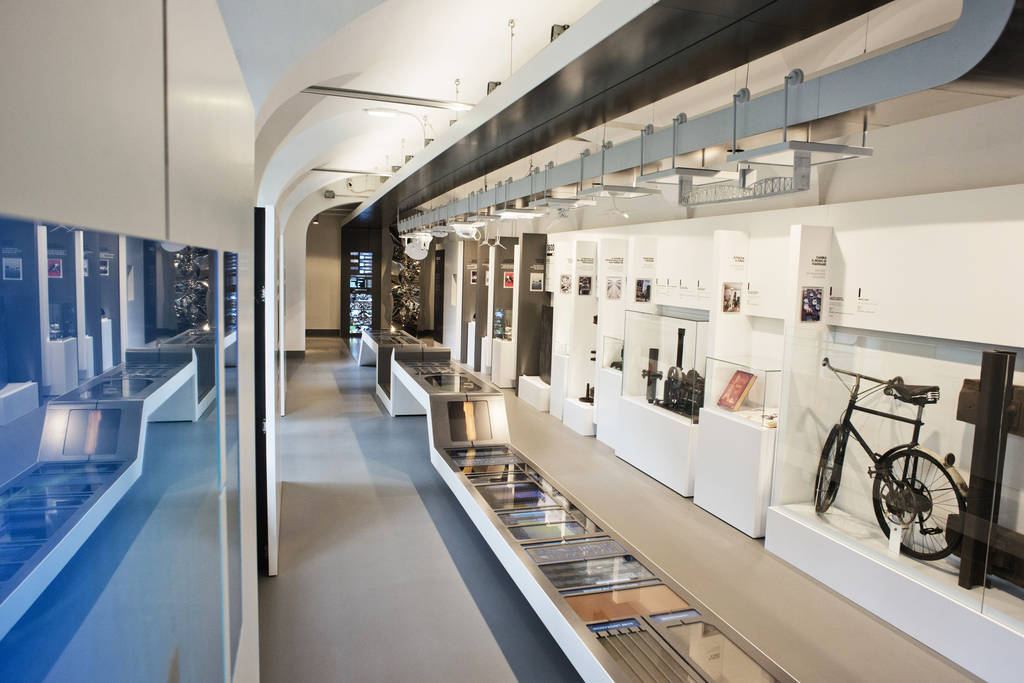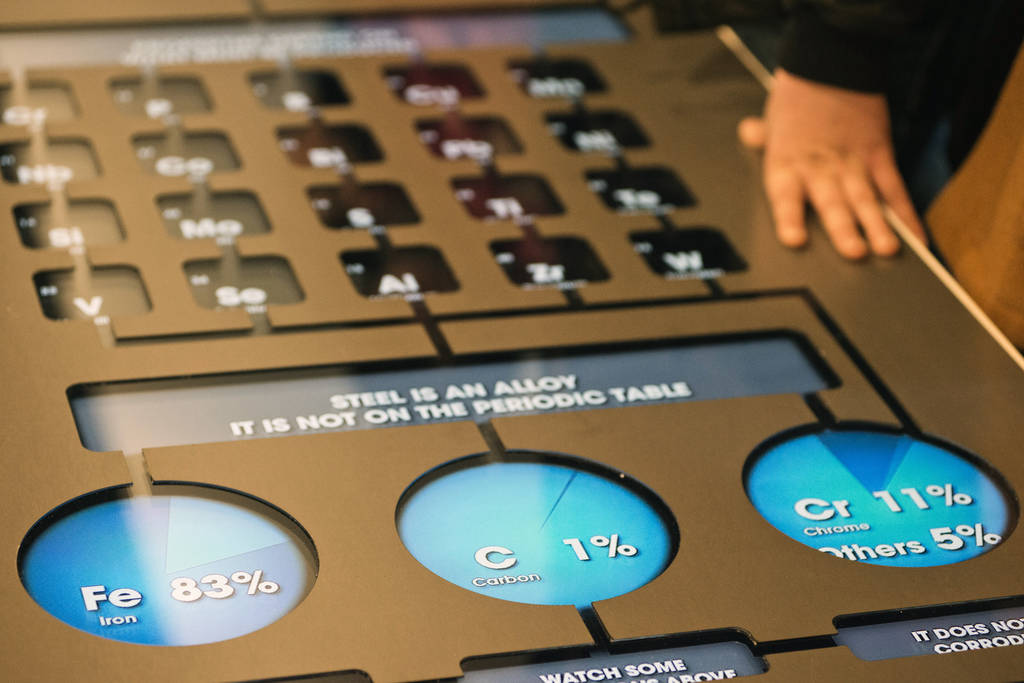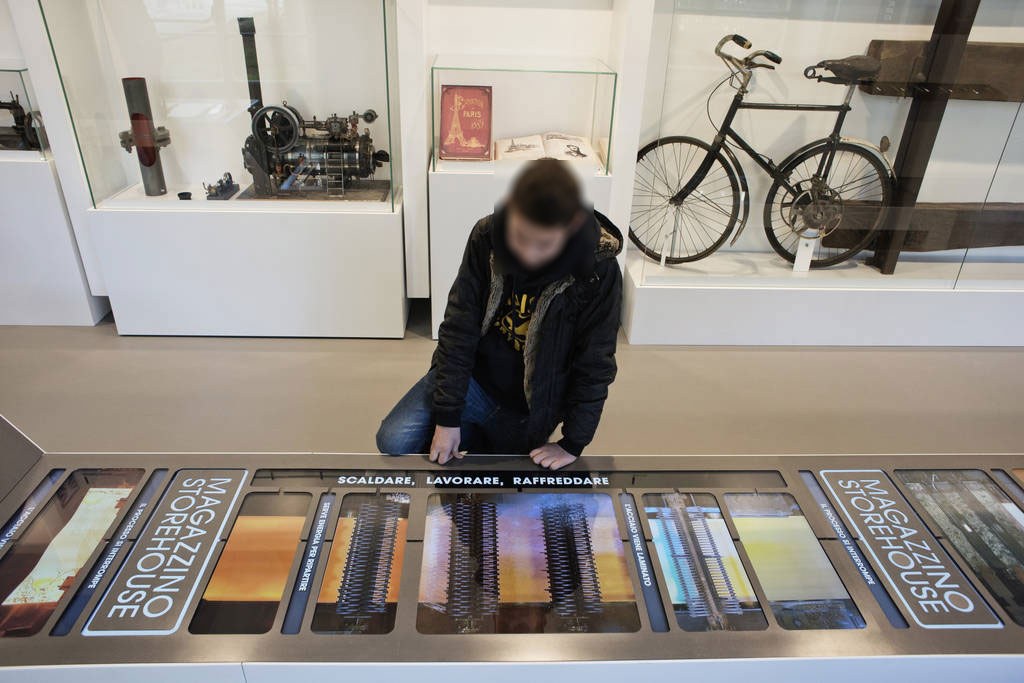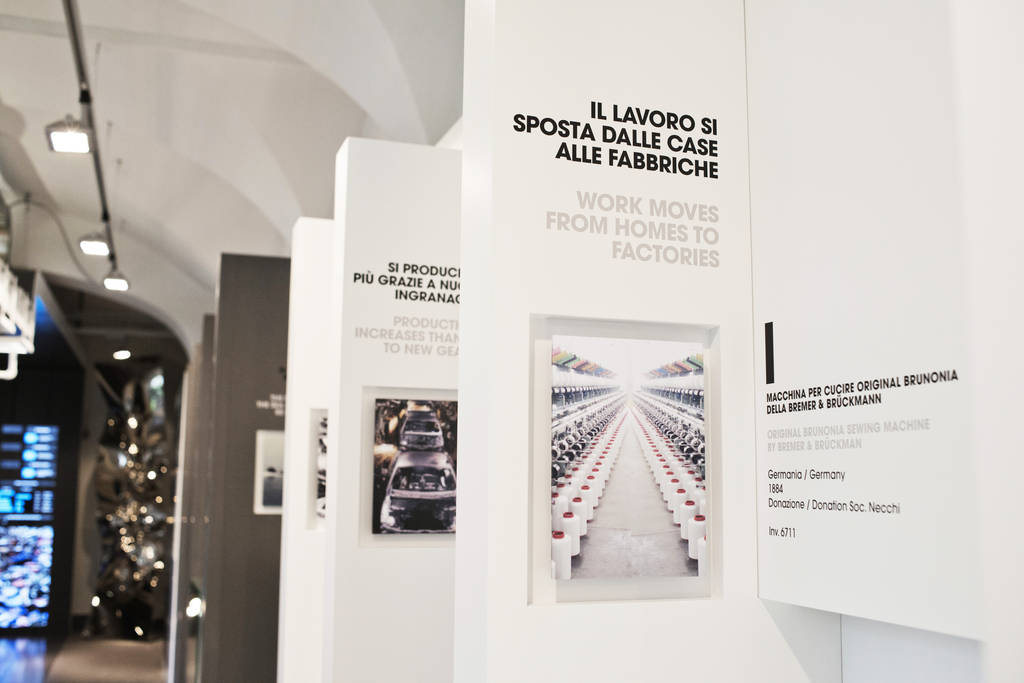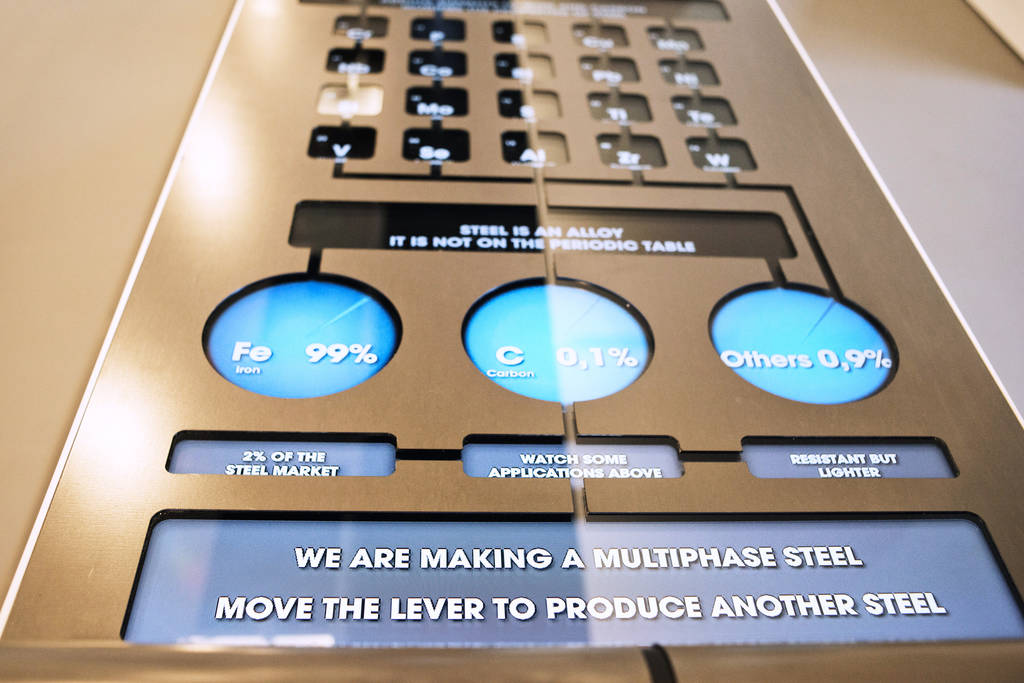AST ROOM AT MUST (National Museum of Science and Technology)
In 2013 the Steel Area, realised in collaboration with the Arvedi Group, was inaugurated at the National Science Museum (MUST).
The exhibition allows the visitor to discover why steel is so important in our daily lives, how it is absolutely one of the most recyclable and re-usable materials and how, as in the case of the Arvedi Group, technological innovation has enabled significant steps forward to be taken in the direction of environmental sustainability.
“I am honoured to have collaborated in the realisation of the Steel Area alongside the “Leonardo da Vinci” Science Museum which, once again, is confirmed as a centre of excellence here in Italy. The area gives testimony to the innovative production cycle of our steel works in Cremona. But what is more important”, says Giovanni Arvedi, President of one of the world’s leading steelmaking groups, “is to show the thousands of visitors to the Museum, especially to the many young people, what it means to produce steel: a mix of history, technology and the use of materials, which is extraordinarily fascinating. When you visit the new Area, you immediately feel you are entering steel’s life cycle; from its production to its many uses, arriving finally at scrap, a precious recycling material which gives life to a new, truly indispensable product in modern life”.
“Iron and all its alloys, above all steel, occupy a significant role at the Museum, not just because of the important technical, scientific and social turning points linked historically to these materials, but also because the Metals Collection gathers together some of the most important assets of the Museum”, as Fiorenzo Galli, General Manager of the National Science and Technology Museum explains. “This permanent area tells us about innovation through an outstanding and wholly Italian case. In this exhibition the Museum is also experimenting a new use of technology applied to an exhibition, which becomes an integral part of the installation making the visit an even more captivating experience. With a complex theme such as steel’s life cycle, the new area allows the visitor to have a unique and thrilling viewpoint that few otherwise could have”.
Interactive exhibits and historical and state-of-the art objects complete this spectacular journey into production starting from scrap, to discover properties and applications of a material that has revolutionized the world and evolved over time; all this inserted into a setting that allows the visitor to “immerge” themselves into the world of steel.
Inside this exhibition area, steel comes to life in an unconventional way on high-definition screens, offering visitors an even more captivating and interactive experience.
The master sculptor Helidon Xhixha has donated one of his works in stainless steel, positioned at the entrance to the room. “The combination of Art and Innovation represents a theme of great value: culture is an essential asset for the business world and above all a formative moment for the individual person. In this vision, technology allows important assets of know-how to be accessible to everyone, creating a link between tradition and innovation, which is what drives progress. The history of steel and the aspects linked to its transformation through innovation reflect the history of creativity and the search for state-of-the-art productions able to improve people’s daily lives”.
Resistant, long-lasting and recyclable. Steel is not in the periodic table, but it invades our daily lives. From the workshops of the first craftsmen to industrial automation, the curator of the museum, Francesca Olivini, accompanies us on our discovery of the historical and technological evolution of this material and its properties.
©ArchivoMuseoScienzaTecnologia_AlessandroGrassani.



